Hallmarks of Aging
The characteristics of hallmarks of aging are the various biochemical alterations that happen in all living beings as they age, resulting in a gradual decline in physical well-being, reduced functioning, and ultimately, mortality.
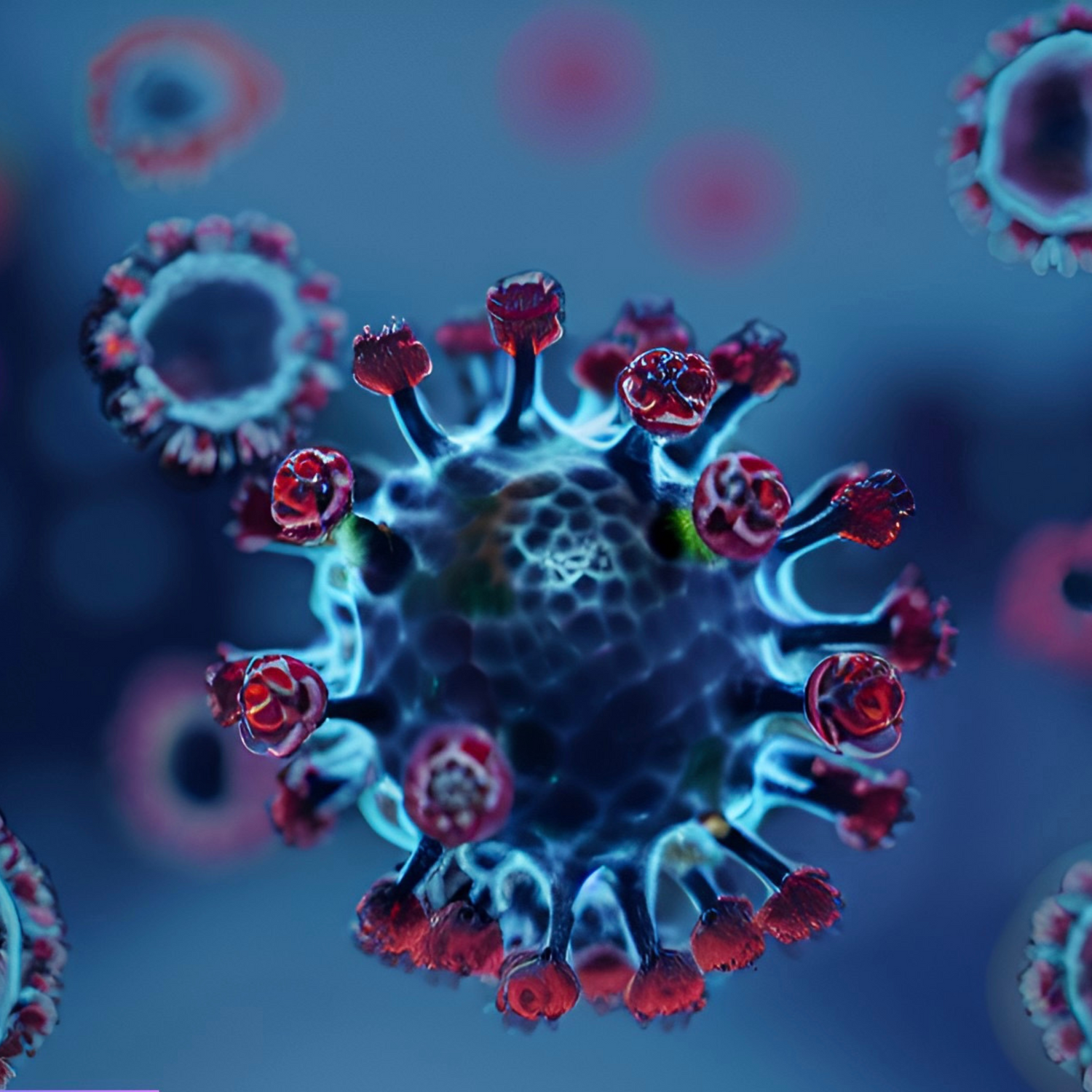
Chronic inflammation
The increase of inflammation withagingis referred to as “Inflammaging”. It is one of the “hallmark” of unhealthyaging. It continues to be destructive to our health for months and years, by accumulating the senescent cells and infectious pathogens.
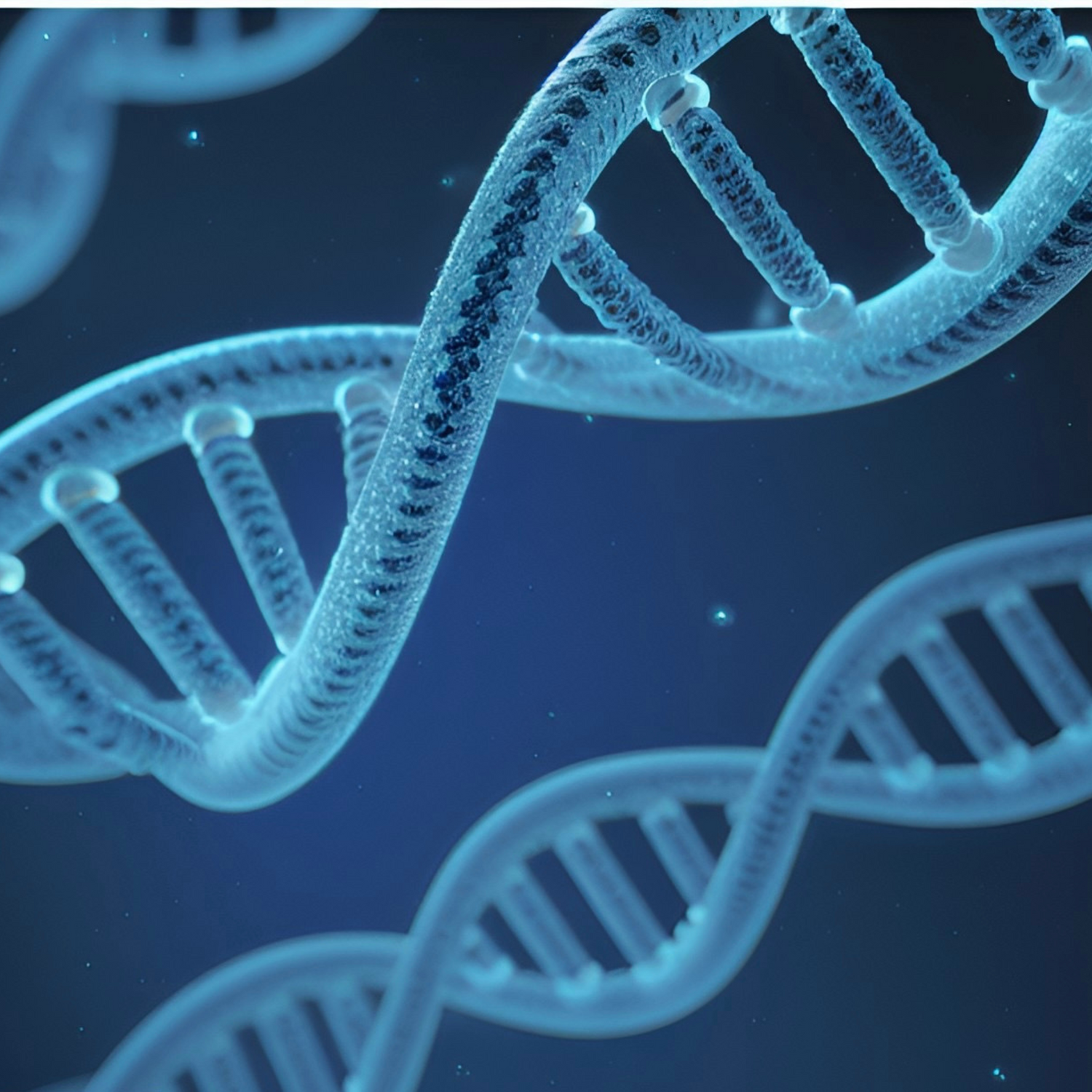
Epigenetic alterations
Epigenetic alterations are important in regulating which genes are switched on or off. It occurs in the body when methyl groups are added or removed from DNA. Withaging, the epigenome is affected by the internal and external environment, and with time becomes dysregulated. The genes that should be on are off, and the ones that should be off are on. This is affects the way how the epigenome processes the DNA.
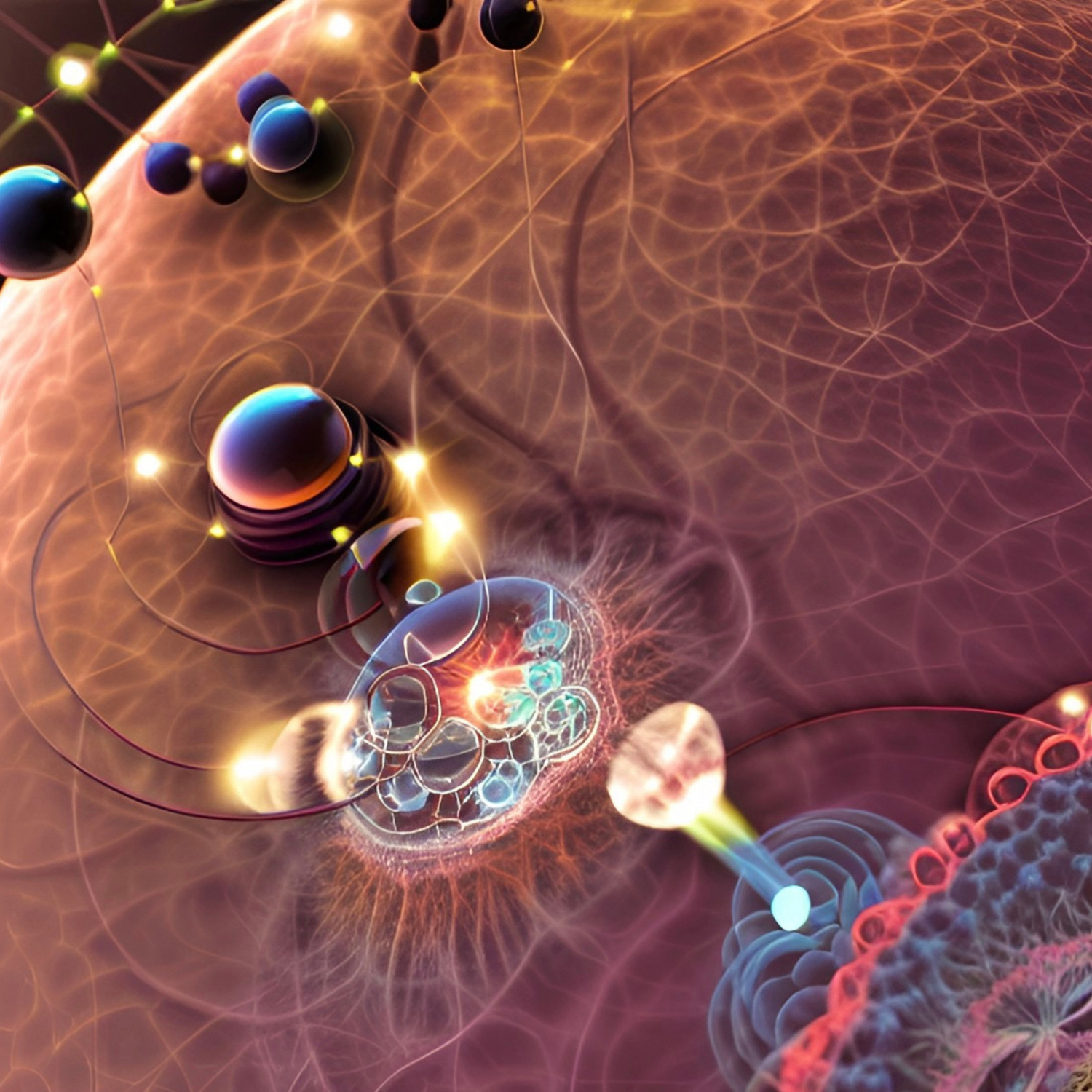
Altered intercellular communication
Withagingour cells communication network is suffers and becomes less effective. The signals between cells are weaken and alter our immune, hormonal, and other systems of our body.

Genomic instability
Our DNA is under constant attack of free radicals, different external and internal stressors. At the same time, our DNA has a set of instructions to repair itself. Unfortunately it cannot repair all the damages, and this damage in known as genome instability.

Cellular senescence
Cellular senescence is a state that cells enters where they no longer have the ability to divide, they accumulate with age aggressively damaging the environment around them. This continues damage causes oxidative stress, DNA damage, telomeres shortening, cancer, inflammation, nutrient imbalance and other damages in our organs.
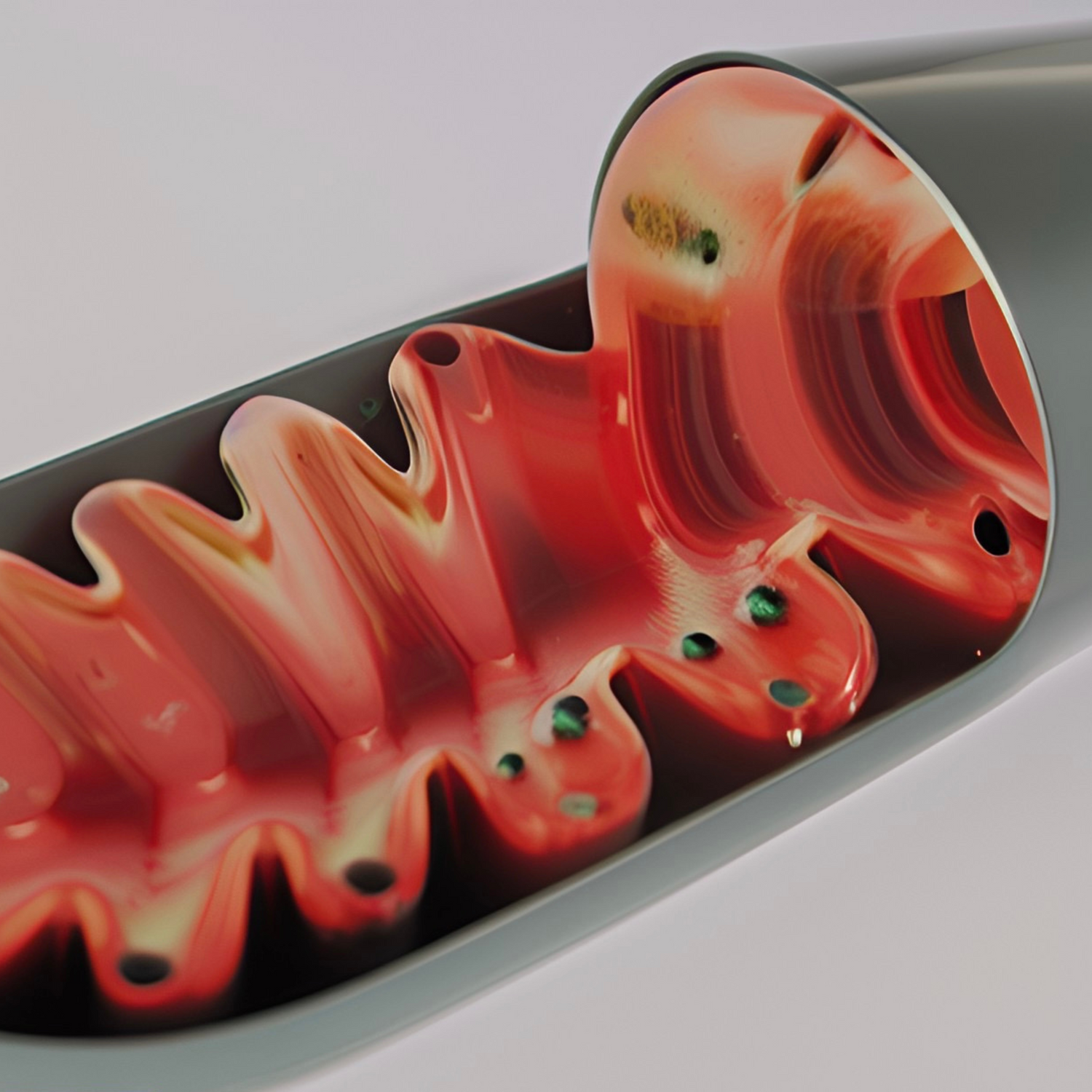
Mitochondrial dysfunction
Mitochondria are the energy generators in our cells necessary for life, working as the main component of metabolism. Over time the mitochondrial dysfunction occurs that causes production of free radicals, reduced energy and damage of the cells.
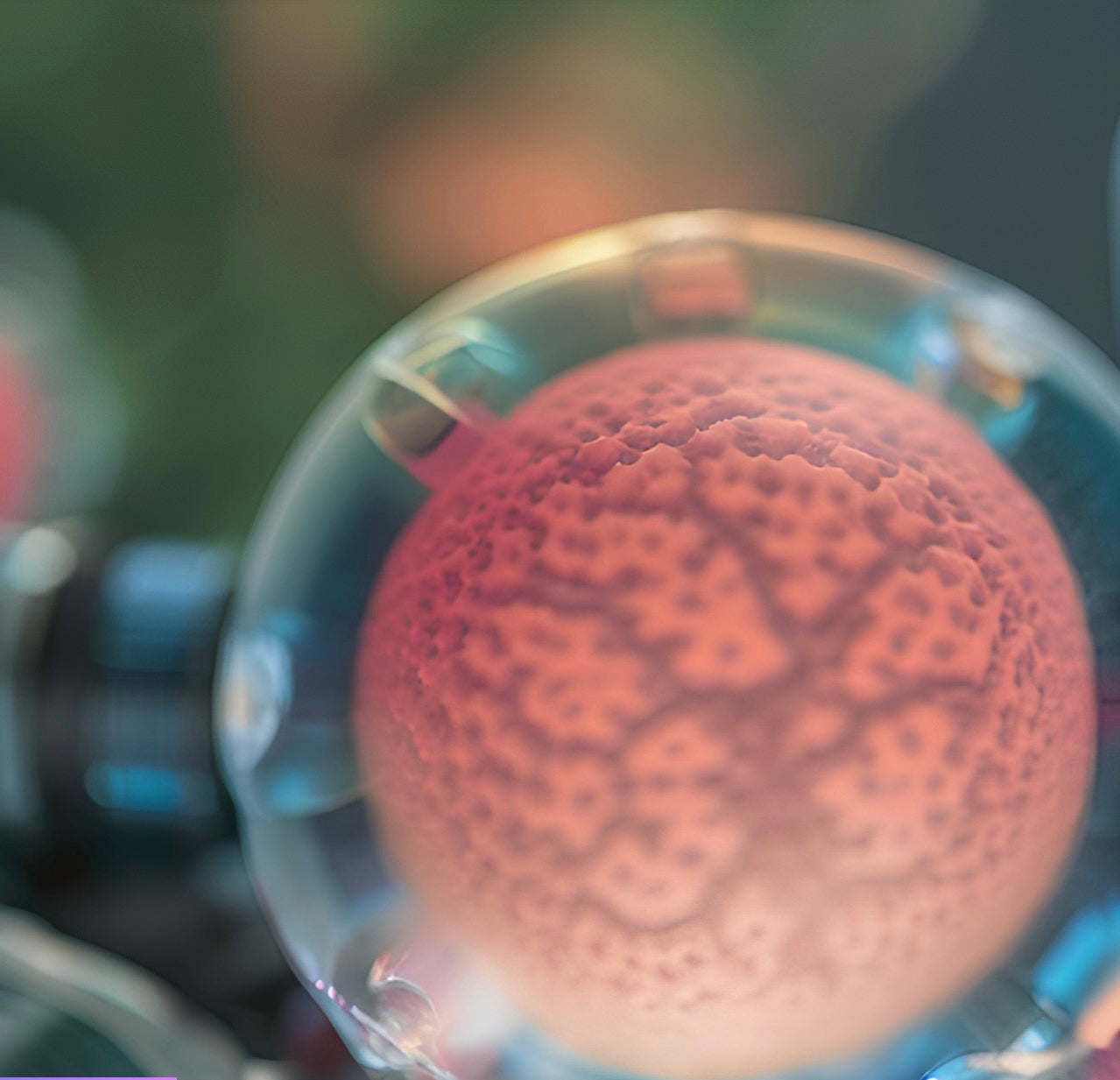
Stem cell exhaustion
Stem cells can become a different kind of cells, based on your body’s needs. They can reinforce any type of cells in our body, and replenish them as they die off. As we age the number of stem cells and their renewal capacity declines, mainly caused by DNA damage.
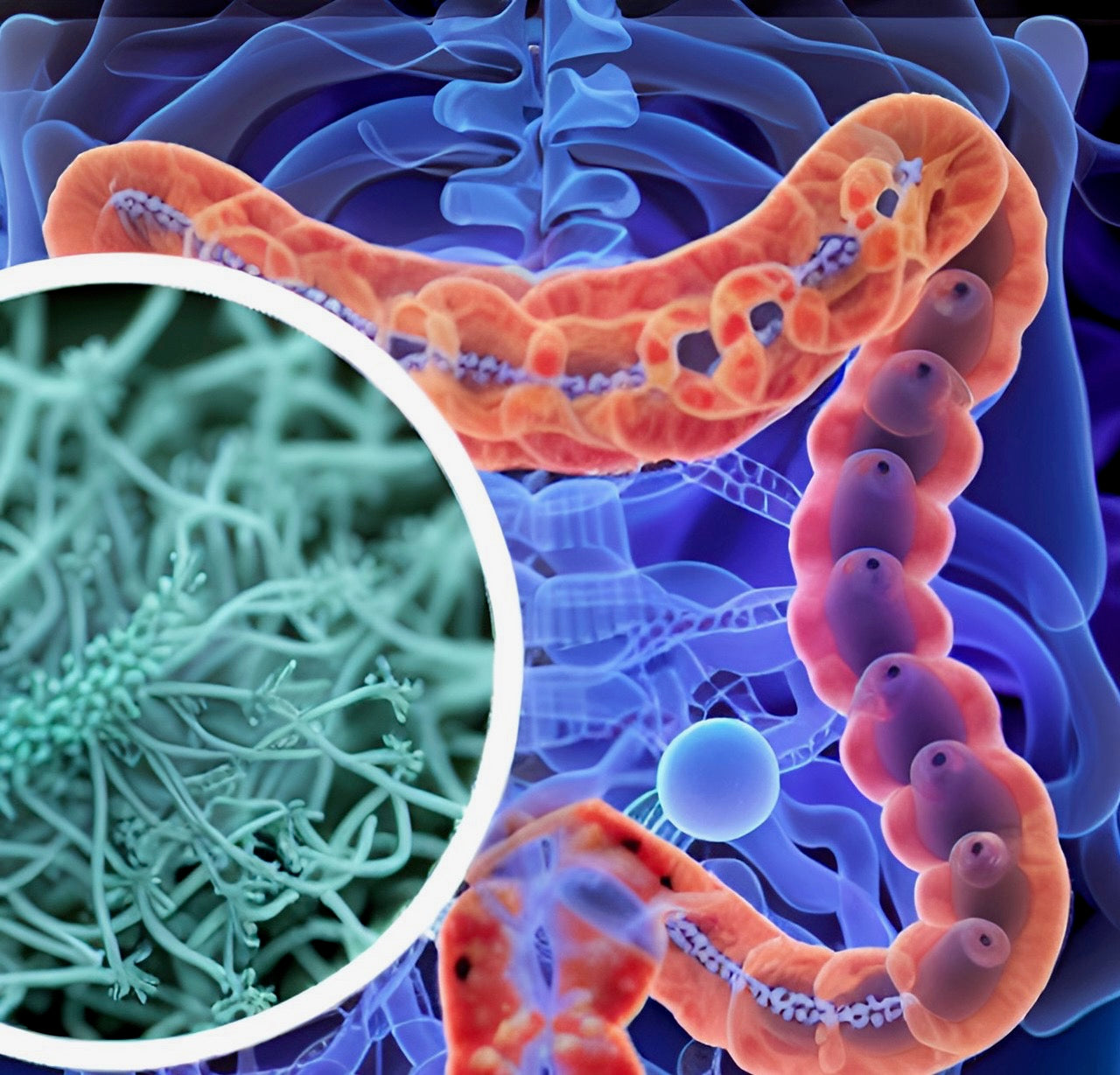
Dysbiosis
Bacteria in our gut plays an important role in our health by contributing in nutrient absorption and metabolite production. Withagingthese bacteria become out of balance and reduce the number of beneficial microbes. which then leads to dysbiosis.
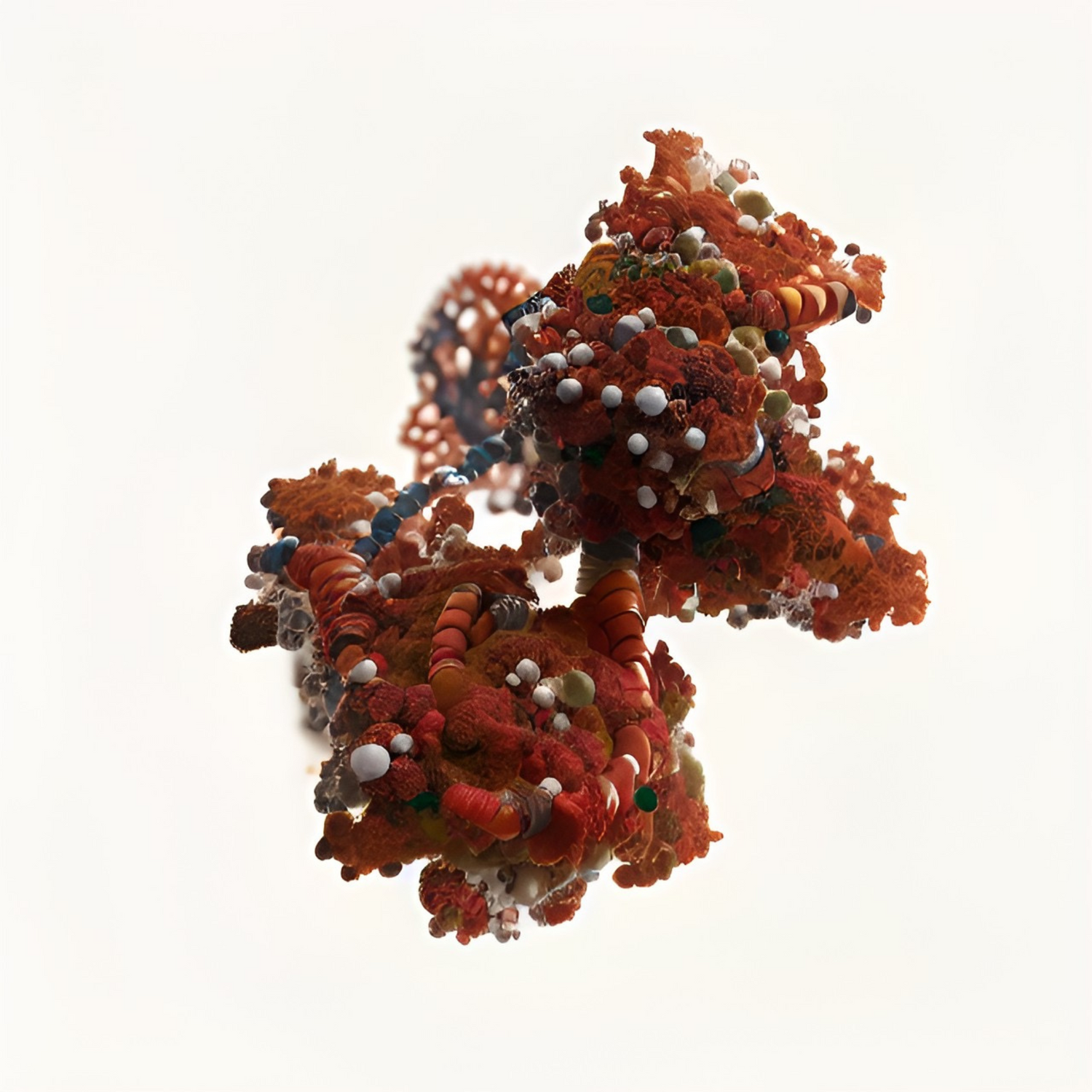
Disabled macroautophagy
Autophagy is a cellular recycling process of removing damaged andoldcomponents of the cells, such as proteins and mitochondria. Macroautophagy is one of the three types of autophagy, and it declines with age.
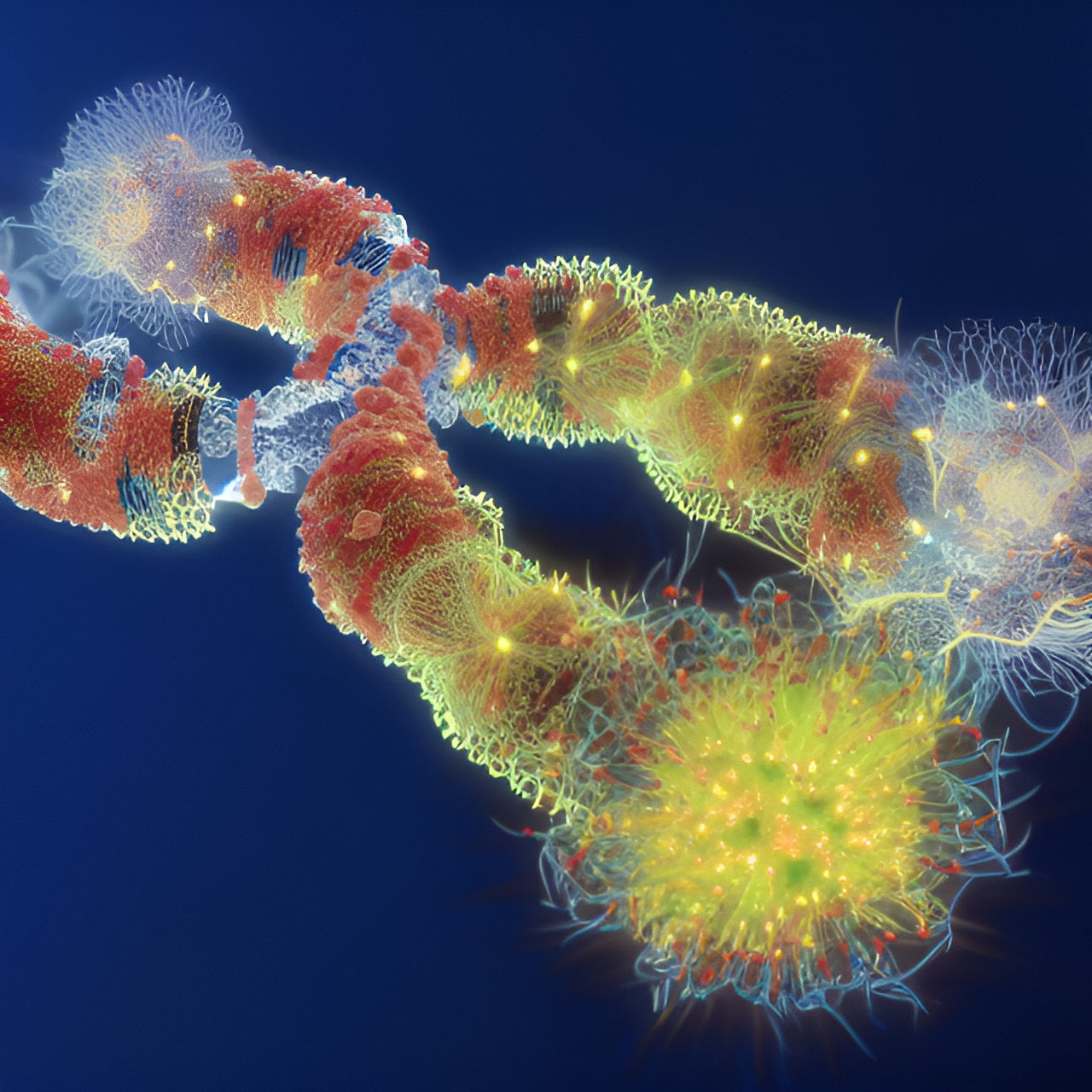
Telomere attrition
Telomeres are protective caps at the end of the chromosome, a structure found inside the nucleus of of our cells. With age and every time when a cell divides, the telomeres gradually becomes shorter. Eventually when they get too short the cell becomes senescent and contributes to age-related diseases.
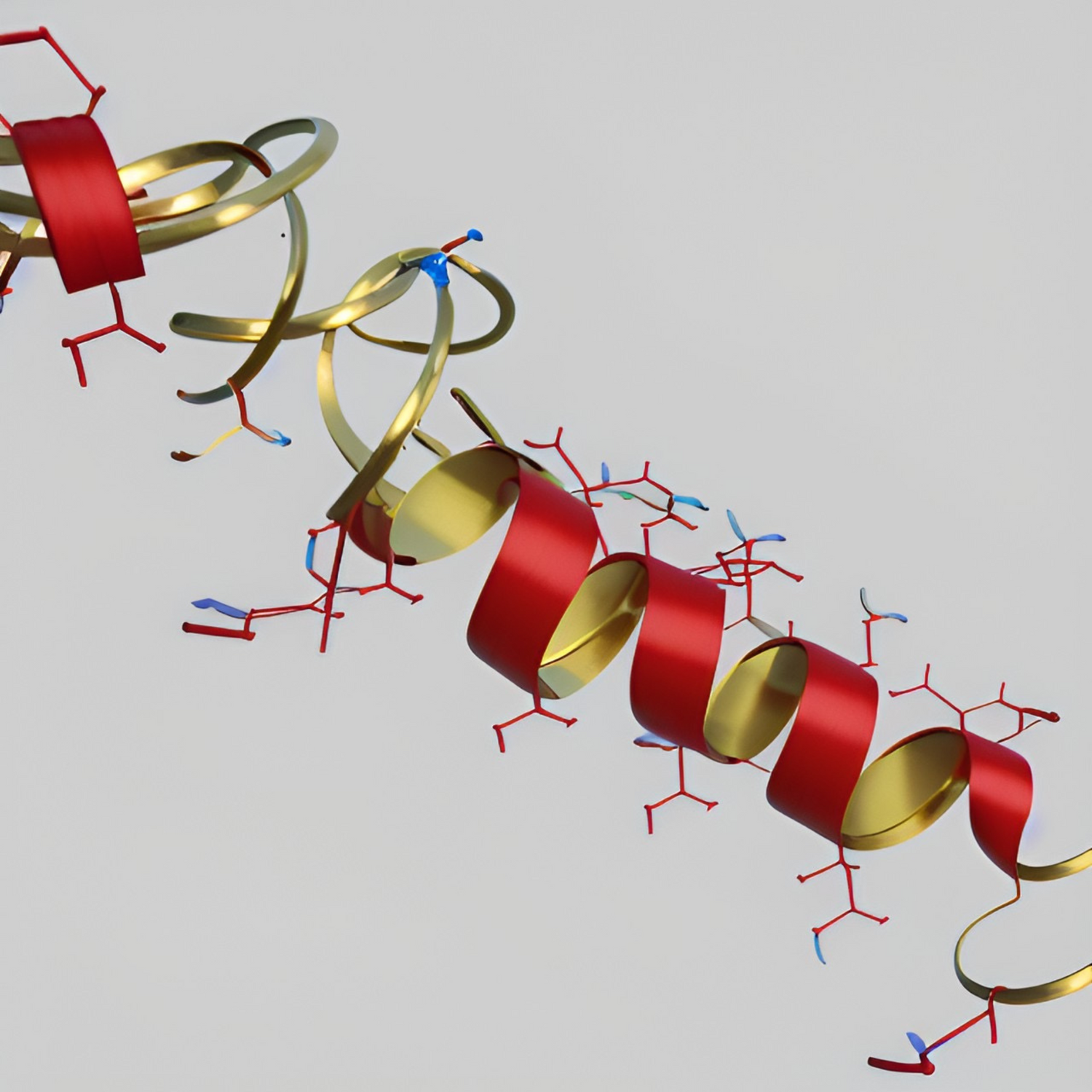
Loss of proteostasis
Proteostasis is the process of healthy balance of protein production in our body. Withaging, proteostasis stops working properly and the proteins become misfolded and dysfunctional.
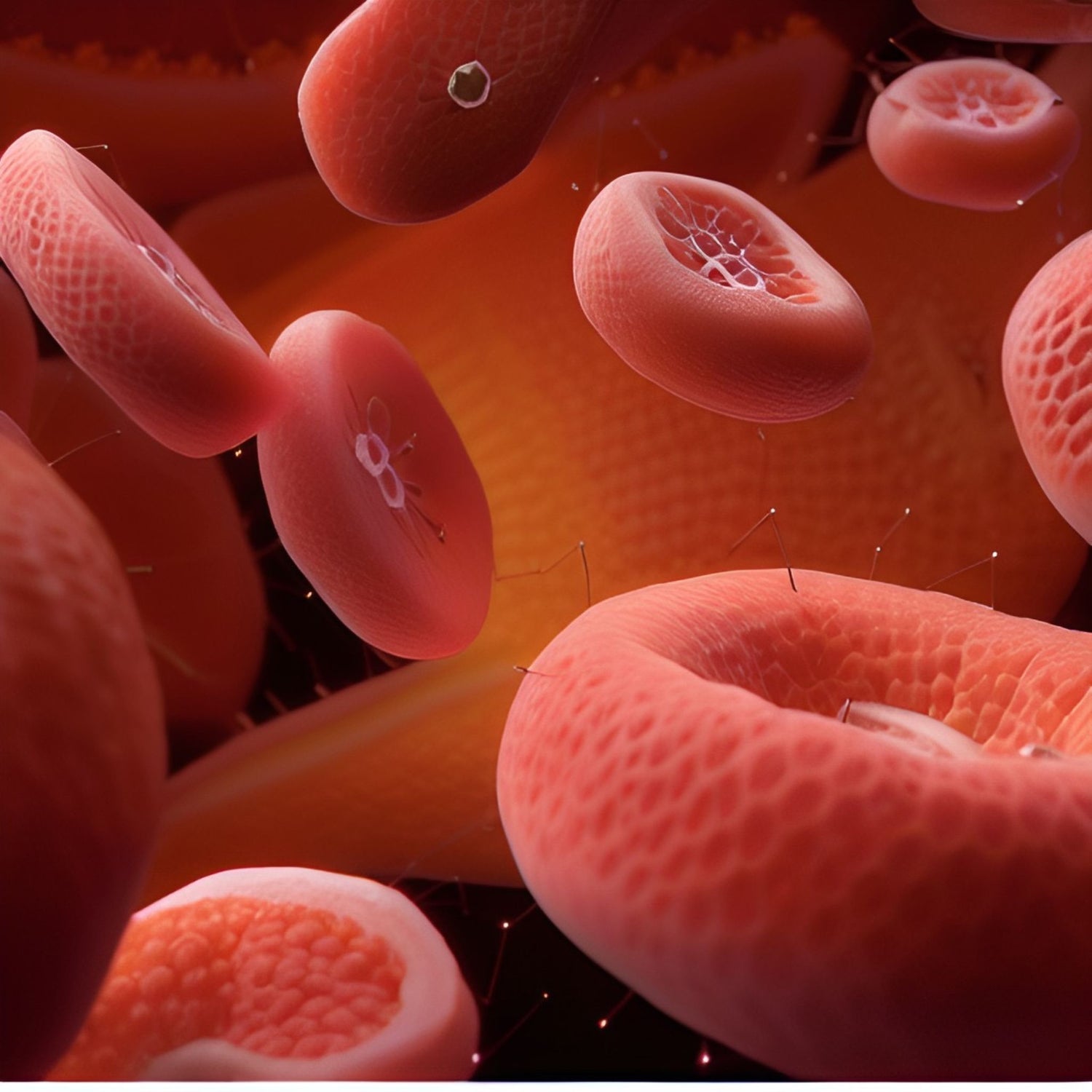
Deregulated nutrient-sensing
As we age our cells accumulate damage from oxidative stress and nutrient sensing becomes deregulated. During this process our cells start to lose the ability to regulate nutrient intake and respond to fuel substrates such as glucose.




